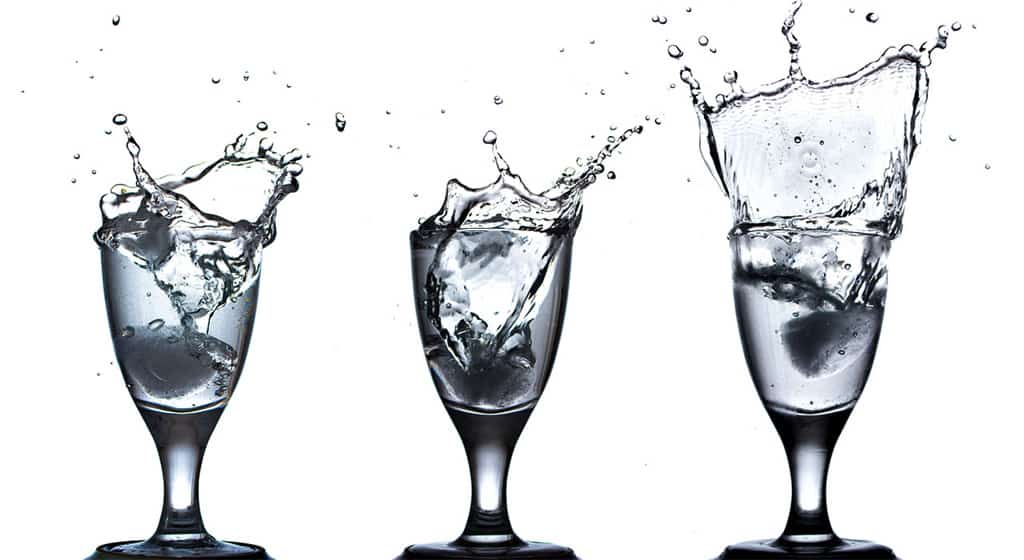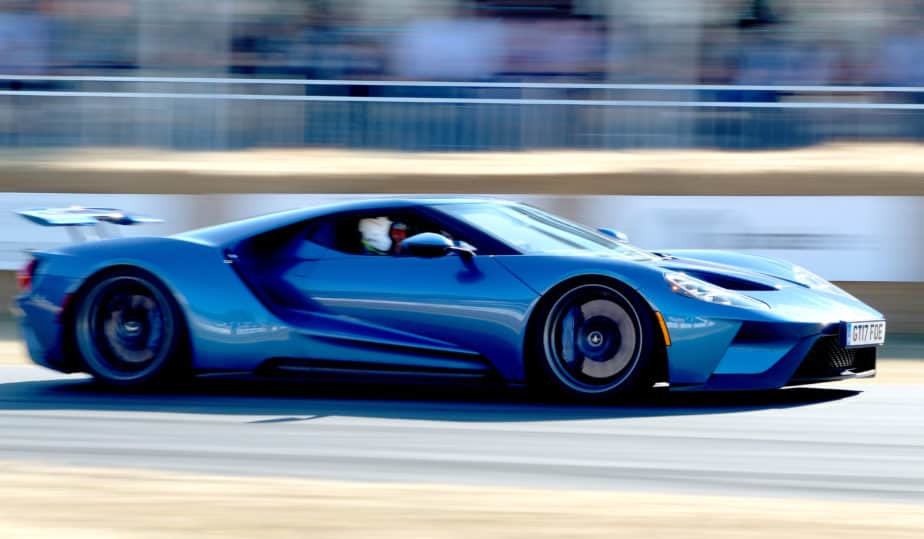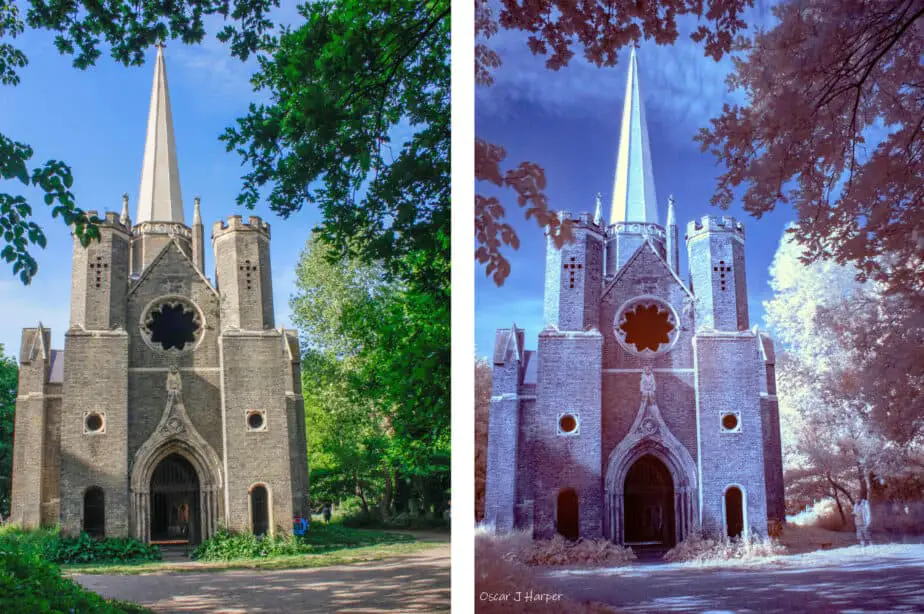Capturing a great, sharp photo is the goal of many photographers. It becomes more difficult to achieve this when the subject matter is a fast-moving entity. Being able to freeze the action and prevent blur will make your photos look more professional and impressive. The following guide will explain how to capture sharp, perfectly frozen action photos in simple steps.
To freeze action in photography, use a very fast Shutter Speed or a Flash Burst. The first will operate the shutter very quickly to avoid blur from the movement of the subject (1/200-1/8000th). The flash will freeze an instant of time if the ambient light doesn’t overpower it (1/200th-1/20,000th).
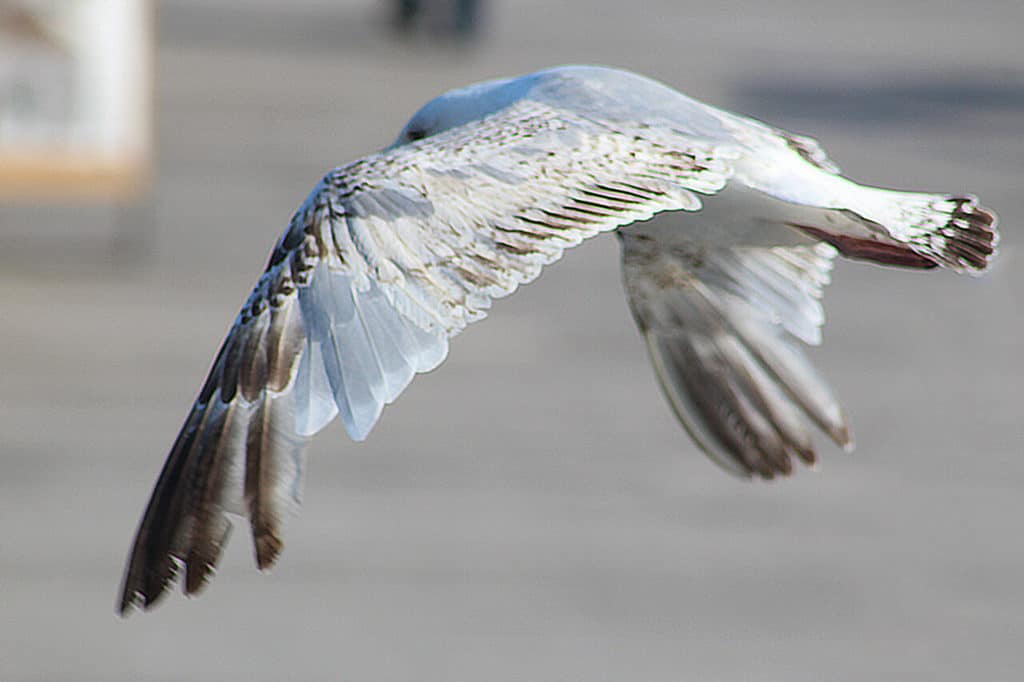
This is a fairly easy concept to master and will make your images look like well-considered photographs rather than snaps. There are a few steps to work through when you are preparing to take a freeze-action photo. Follow the step by step guide below to learn more about this essential skill for photographers.
The Steps to Achieving a Frozen Action Photograph
What is a Suitable Subject For Freeze Action Photography?
Let’s think about the type of subjects that would benefit from being perfectly frozen in time. It’s like capturing an unseen moment that only reveals itself when you look at the still photograph. These fleeting instants are happening all the time but we just don’t see them hidden in the flowing motion. Capturing them with a sharp frozen image can be surprising, revealing, funny even shocking but always interesting.
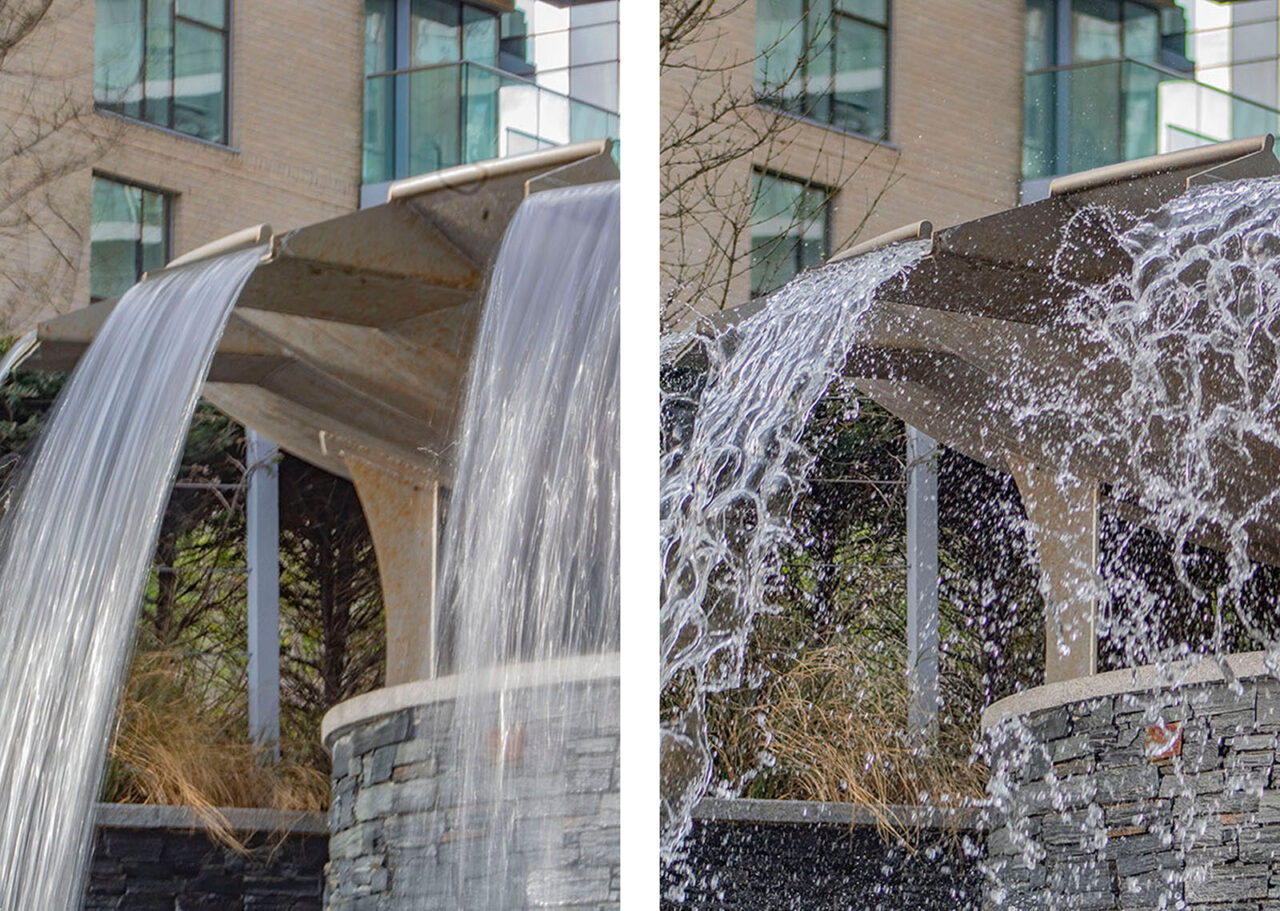
What Is The Ideal Shutter Speed For Freeze Action Photography?
One thing is for sure, to capture and freeze a moving subject in ambient light, you will need to use a fast shutter speed. This can vary depending on the speed of movement in the scene. A speeding motorbike would require a much faster shutter speed than a ballet dancer slowly pirouetting for example.
Modern cameras are very adaptable with shutters speeds ranging from multiple seconds up to 1/8000th of a second. You can experiment with different shutters speeds until you find one that freezes the action perfectly for your moving subject.
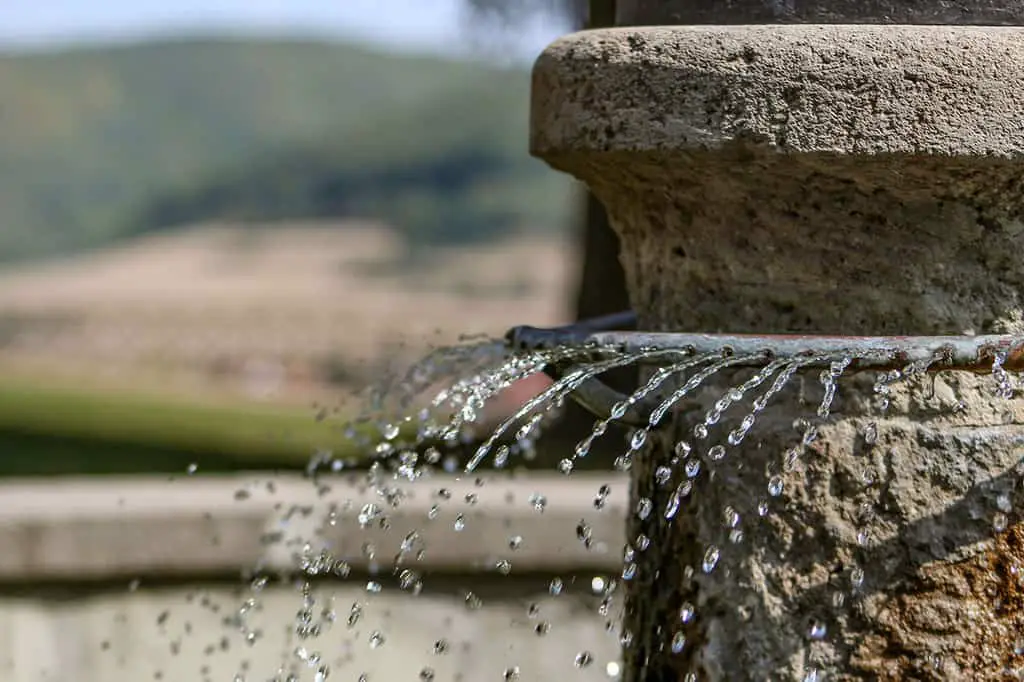
You should probably start with at least 1/200th of a second and increase the speed from there until you successfully manage to freeze the particular moving subject that you have chosen.
Which Program Mode Should You Use For Freeze Action Photography?
Sports Mode
Most DSLR digital cameras have a Sports Mode on the program dial usually represented by a sprinting figure on Canon and Nikon cameras. This can be useful if you are new to photographing fast-moving subjects. It automatically chooses a fast shutter speed and the constant re-focussing mode to help you capture a difficult subject.
If the subject is moving around and you have to follow it with your lens while looking through the viewfinder, this mode will assist you so you can concentrate on the framing of the dodging-about target. This mode will take care of the aperture and ISO for you. When you have the subject in your sights, keep following it and half-press the shutter to start the auto-focus refocussing mode.
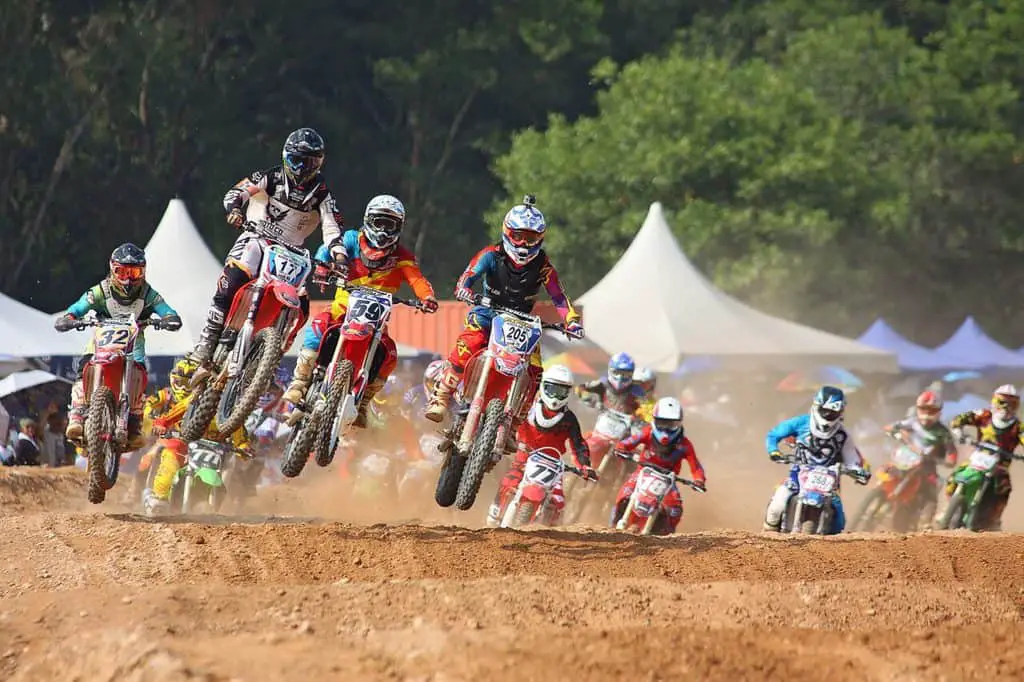
When you are happy with the framing press the shutter all the way down to capture the shot. The sports mode will also probably switch to continuous shooting mode, so keep your finger down and keep following the action. You will now have a number of frames to review and one of them could be a winner.
Shutter Priority Mode
If the Sports Mode isn’t quite working out for your particular subject; perhaps the subject is moving too fast or the lighting conditions are tricky, you could switch to Shutter Priority Mode. In this mode, you will have full control over the shutter speed and the camera will set the aperture to produce a good exposure. You can experiment with different shutter speeds until you find one that works.
With this mode, you have more flexibility in difficult lighting conditions. If the light is getting low you can choose to push the ISO up to amplify the available light. This will allow you to maintain a faster shutter speed to freeze the action.
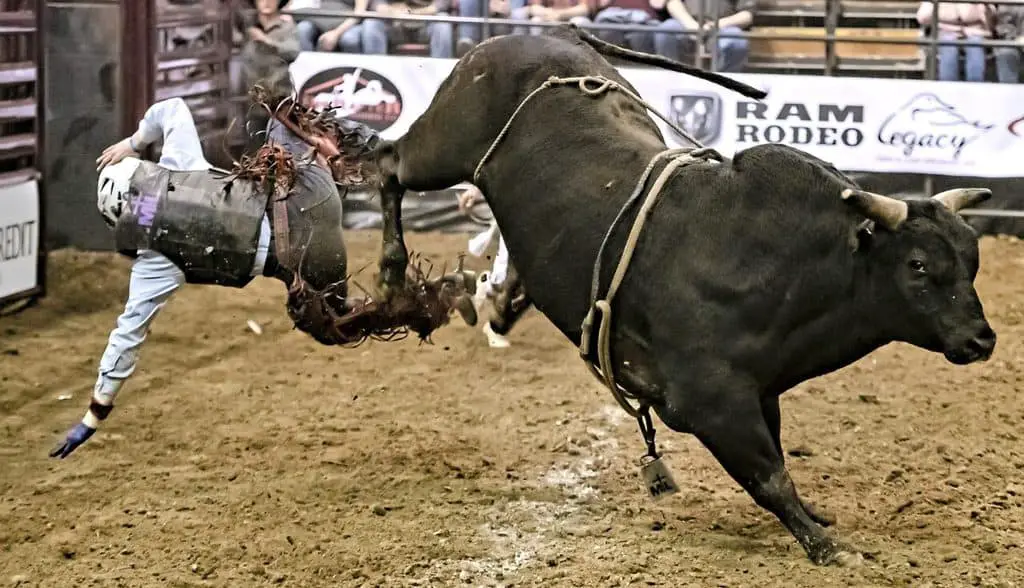
You can also choose and set the:
- Auto-focus mode (Single Shot or Continuous)
- Shutter drive (Single Shot or Continuous)
- White Balance
- Light Metering
Manual Mode
If you are comfortable with taking control of the exposure yourself, then you can go ahead and switch to Manual (M) mode on your cameras program dial. This will give you absolute control but more responsibility for the outcome of the exposure.
In this mode, you can choose and set the shutter speed, aperture and ISO. However, you will be responsible for checking the light meter readings to achieve a satisfactory exposure.
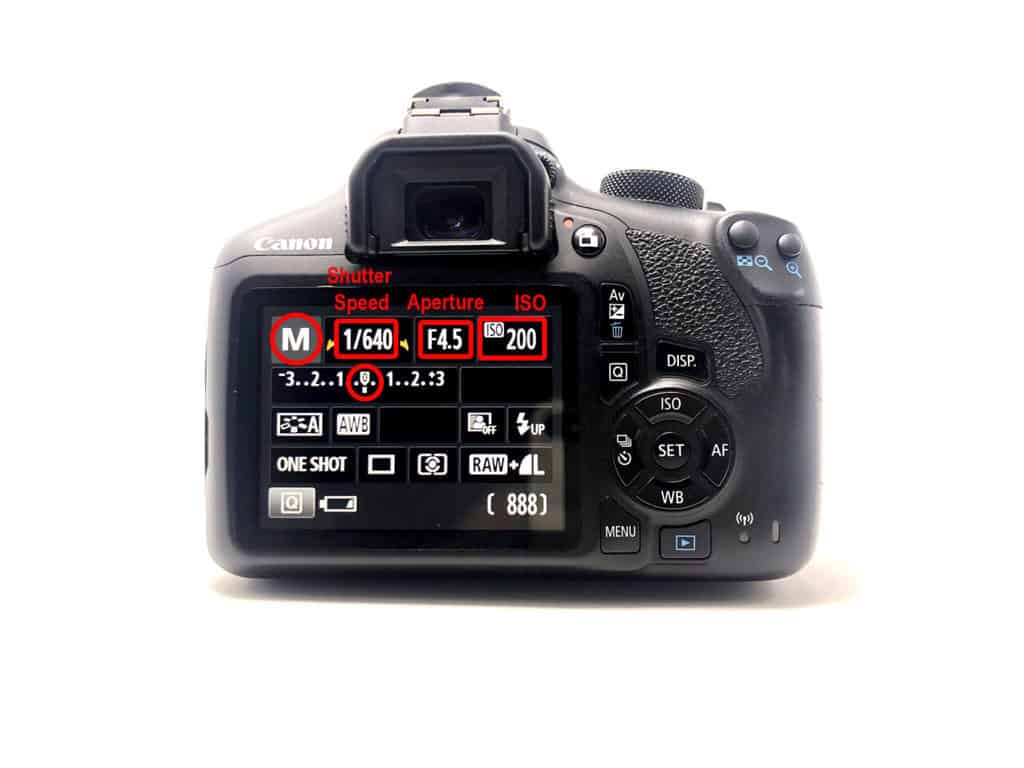
Start by selecting a fast Shutter Speed that you believe will freeze the action of the observed movement. Now check the light meter reading and adjust the Aperture to balance the overall exposure. In manual mode you are free to deliberately over or underexpose the image by adjusting the Aperture opening to the positive or negative sides of the light meter. You can leave the Shutter Speed at a suitably fast setting to capture and freeze the desired action.
If you have maxed out the Aperture Opening and the lighting is still too dim to use a fast enough Shutter Speed to freeze the action, you can now consider increasing the ISO setting to apply amplification to the pixels on the sensor to artificially brighten the scene. This will add some noise (grain) to the photographs but if it allows you to capture a great frozen-action image, the compromise is well worth it.
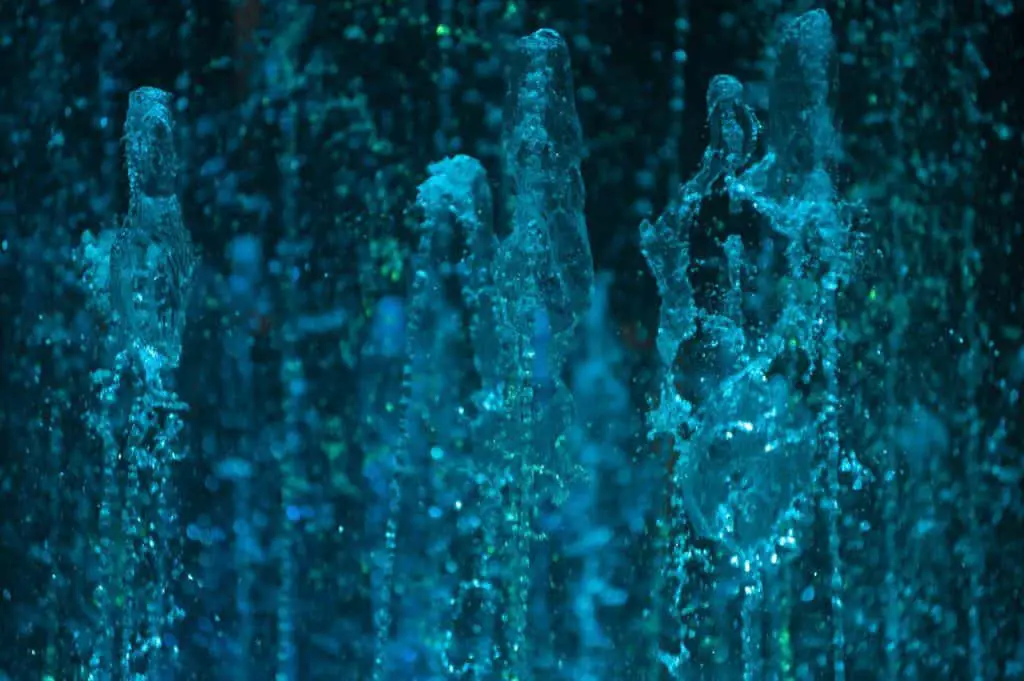
Which Depth of Field Should You Consider In Freeze Action Photography?
Freezing the action requires fast shutter speeds. As the shutter speeds increase the aperture-opening needs to naturally increase to allow more light in and maintain a good exposure. This can be advantageous because as the aperture-opening gets bigger the depth of field decreases.
This will have the fortunate effect of making the background more blurred and thus allowing your focussed, frozen subject to stand out from the fussy background.
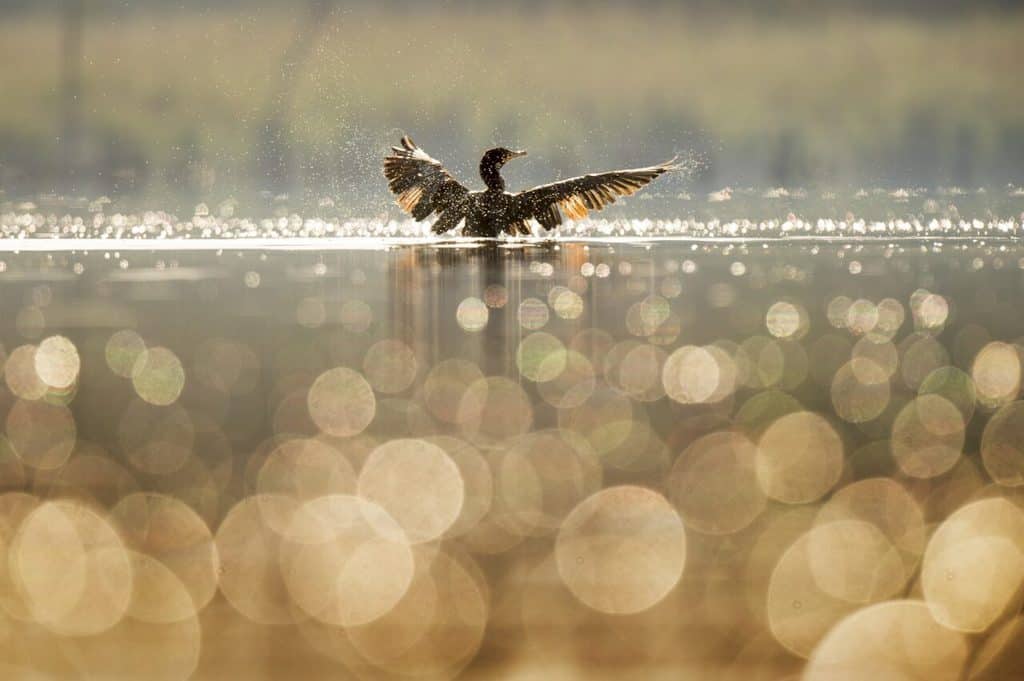
Should You Use A Fast Lens For Freeze Action Photography?
A fast lens is one that can achieve the same exposure as a more inferior lens but with a faster shutter speed. This is very advantageous in low-light situations as you can keep shooting the moving subjects with fast shutter speeds without increasing the ISO amplification which can cause noise (or grain) on the final images.
They often have large maximum apertures of F1.4 or F1.8 and so they can work in very low light situations and so would be useful indoors or outdoors in failing light.
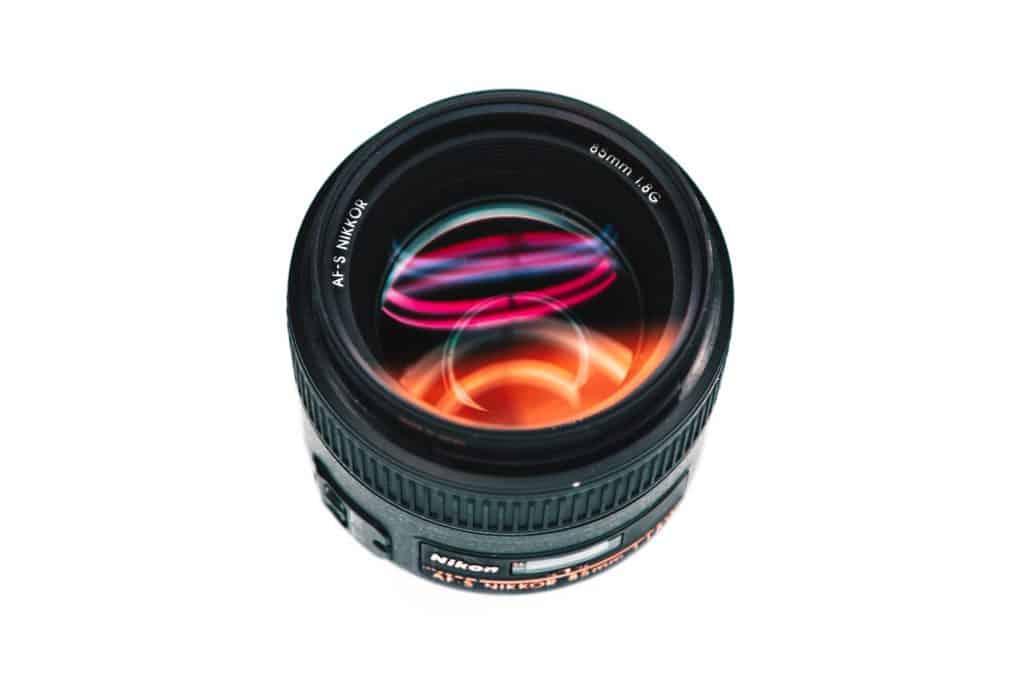
Should You Use a Flash For Freeze Action Photos?
If it is very dark or just too dim to freeze the action with a fast Shutter Speed, you could consider using a flash to capture the moment. This can be the built-in flash, an external flash fixed to the Hotshoe or a remote flash off the camera. The latter can be controlled by a cable, a flash slave sensor that is triggered by the built-in flash or a radio flash controller on the camera.
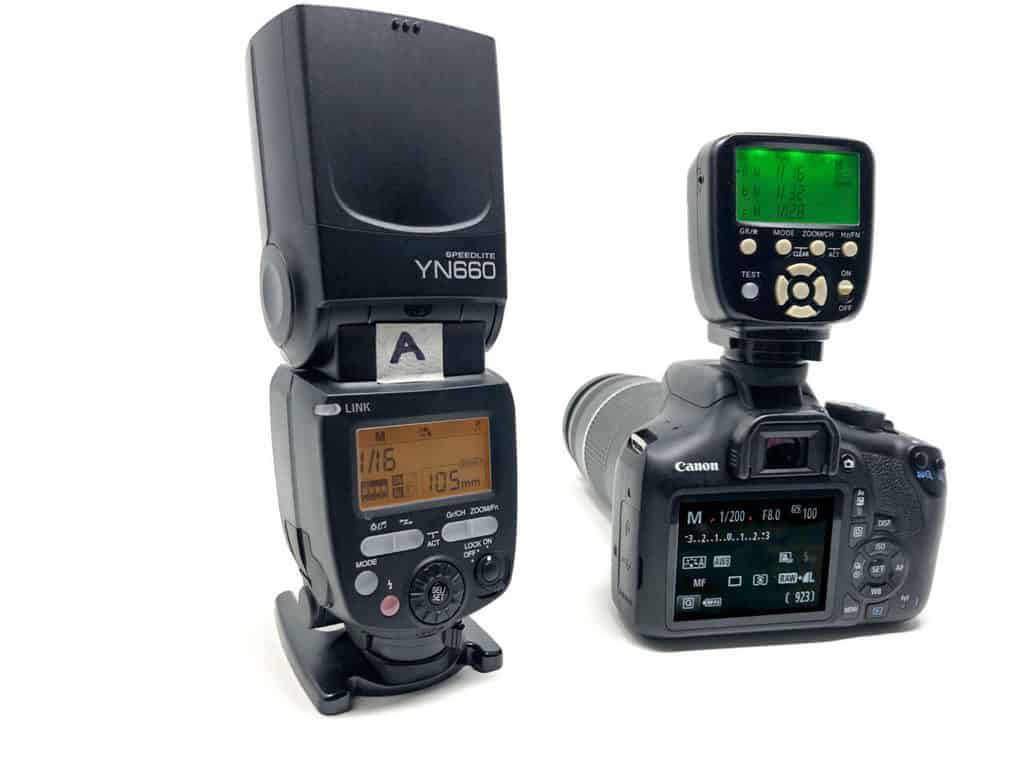
In some modes like automatic, the camera will set everything and take the picture with the flash. The brief pulse of light will freeze the action like a strobe light and should result in a decent exposure provided that the ambient light does not overwhelm the flash.
For a more interesting effect, you could use the flash in Shutter Priority mode. Unusually now, with a slower shutter speed, the camera would flash at the start of the exposure and freeze a moment with the flash burst. The camera would then go on to record and capture a motion blur trail of the subsequent continued movement in the ambient light.
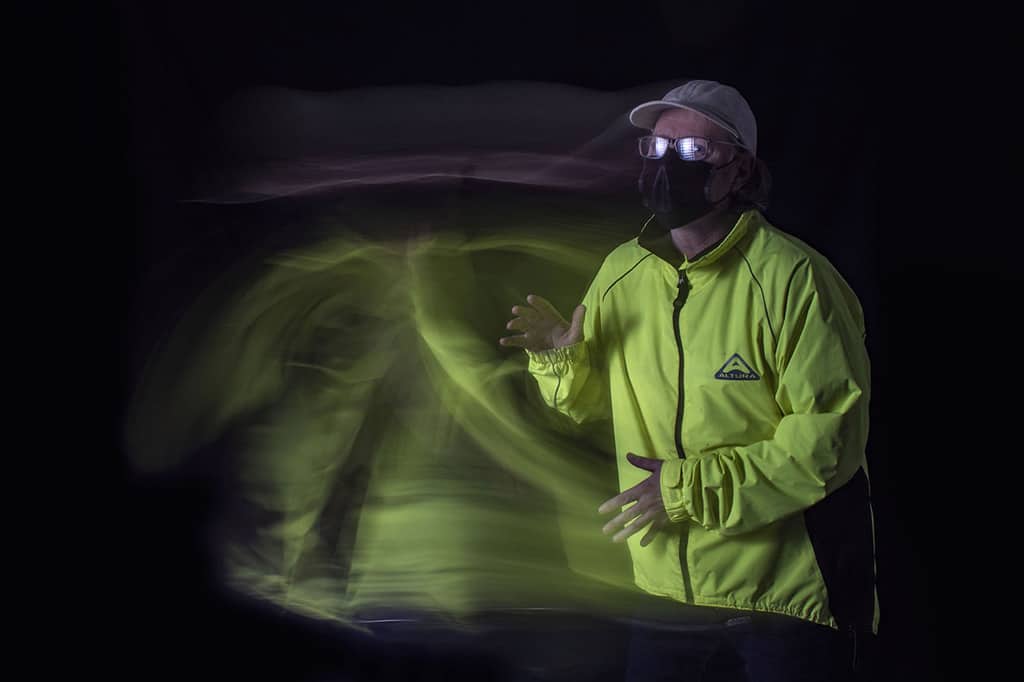
On more sophisticated cameras you can actually choose when the flash triggers when using slower shutter speeds. You can choose to set the flash to sync with the front curtain or the rear curtain. That means that the frozen moment captured by the flash will appear at the beginning or the end of the motion blur trail produced by the un-flash-lit movement during the slow shutter release.
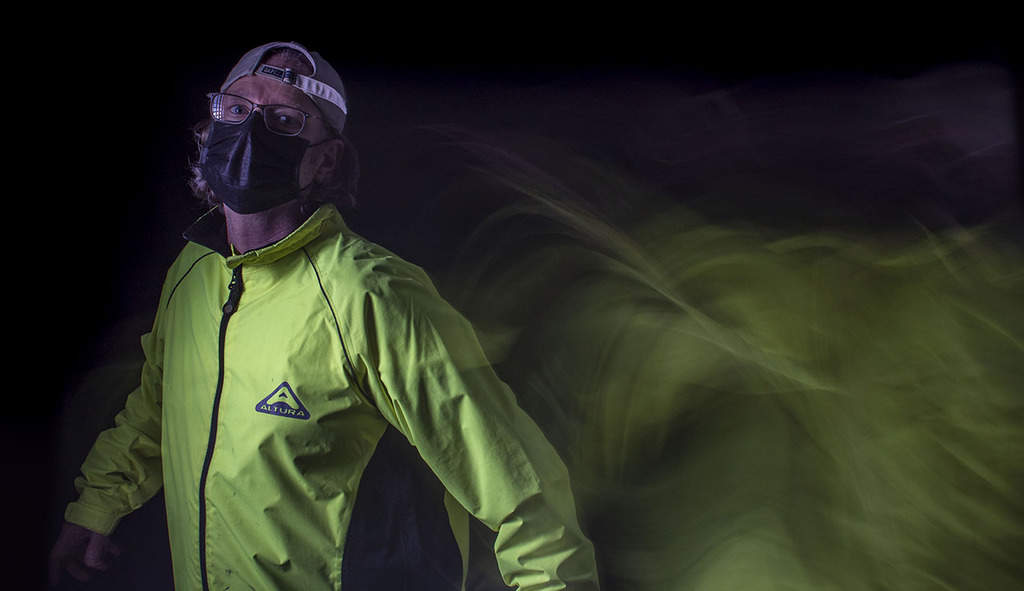
Can You Alter The Flash Duration of a Speedlight/Speedlite?
It is possible to alter the flash duration of a Speedlight/Speedlite simply by changing the power output. The lower the power setting of the Speedlite, the shorter the flash duration. On average, the speed of the flash duration varies from between 1/200th of a second at full power (1/1) and 1/20,000th of a second at 1/128th power.
This is because the time to reach full charge, then discharge is much easier and faster at the lower power settings.
The flash durations for different makes of Speedlite flashes vary but here is a list of approximate average flash duration speeds for a typical Speedlite:
| FLASH POWER | FLASH DURATION (Seconds) |
| Full Power 1/1 | 1/200th |
| 1/2 | 1/1,000th |
| 1/4 | 1/2,000th |
| 1/8 | 1/4,000th |
| 1/16 | 1/6,000th |
| 1/32 | 1/10,000th |
| 1/64 | 1/14,000th |
| 1/128 | 1/20,000th |
So you can see that lower power flash output has a much faster/shorter duration time. This is useful knowledge for a photographer who is aiming to capture very fast-moving subjects, such as water splashes and wants to make them pin sharp.
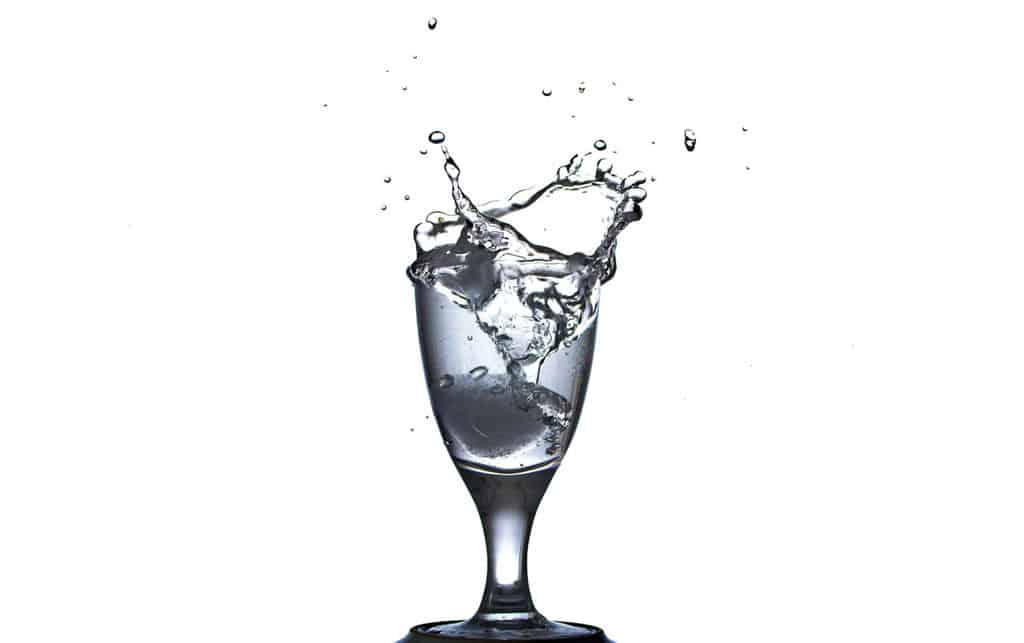
How do You Use A Speedlite to Freeze Action in Photography? (Water Splash Example)
Applying the lower power outputs of your Speedlite will guarantee to freeze fast-moving subjects but you will have to adjust the exposure of the camera to compensate for the lower light levels.
Using the flash to freeze action should be carried out without interference from any ambient light which could cause motion blur trails. So, the exposure you set up before the flash fires, should return a black/dark image with no visible details. This will guarantee that the ambient light will not bleed into the exposure and cause any unwanted motion blur.
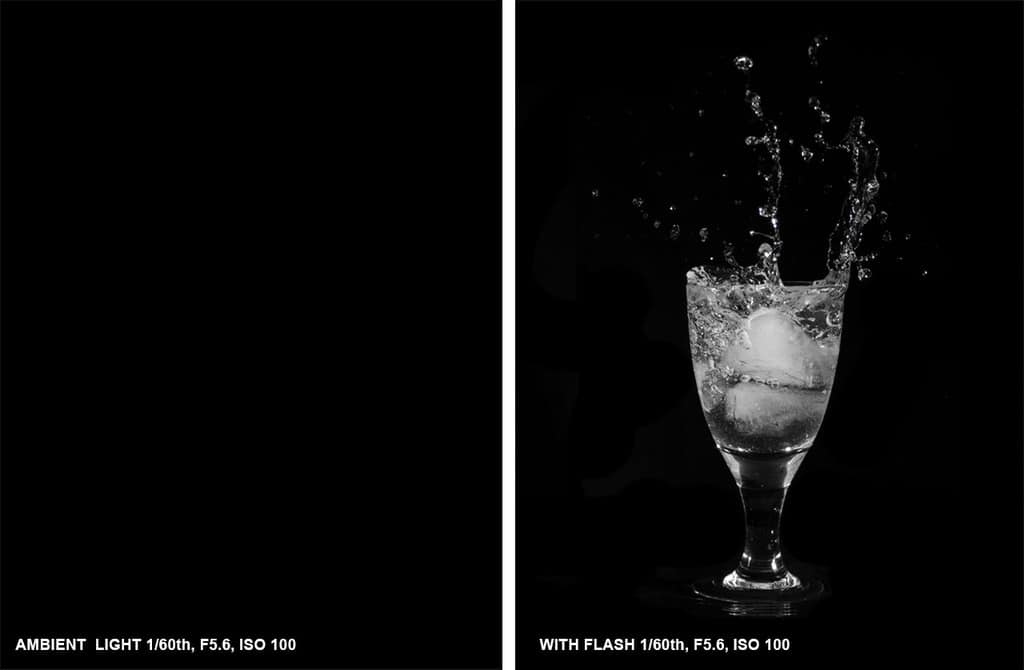
Photos by Oscar J Harper
The shutter speed of the camera does not need to match the very fast flash duration of the low-power Speedlite setting. You can use the standard flash sync shutter speed of the camera (1/60th or 1/200th) as it is the flash speed that does the work of freezing the moving subject in the absence of ambient light.
So, for example, to freeze a water splash choose your standard flash sync shutter speed, choose a low ISO and mid range Aperture opening such as F8. Focus on the position of your subject then switch to Manual Focus to lock it.
Set your Speedlite flash power to produce a very short duration (1/8th power for 1/4000th of a second). Now, prepare to drop an object into some water and place your finger over the shutter button or remote shutter release. Drop the object and try and time the shutter to trigger just after the object has hit the surface of the liquid. This will require several attempts to get it just right.
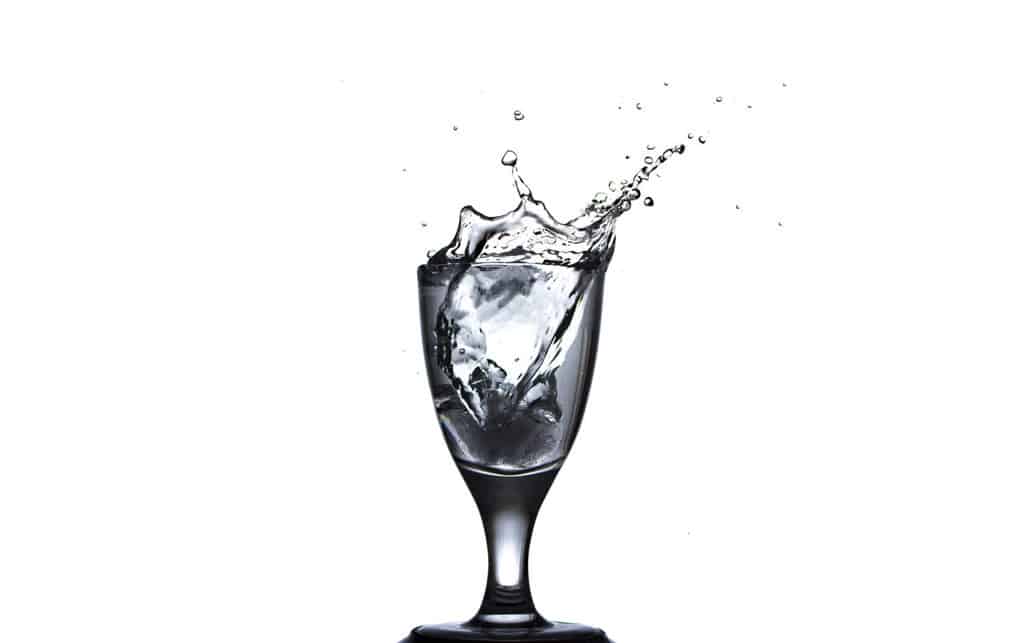
Photo by Oscar J Harper
Review the results and if you still see some slight blurring of the water splashes, reduce the power output of the Speedlite (to shorten the flash duration) and adjust the Aperture opening to compensate the exposure.
With a little practice, trial and error, you should end up with a very satisfactory Flash Frozen water splash image.
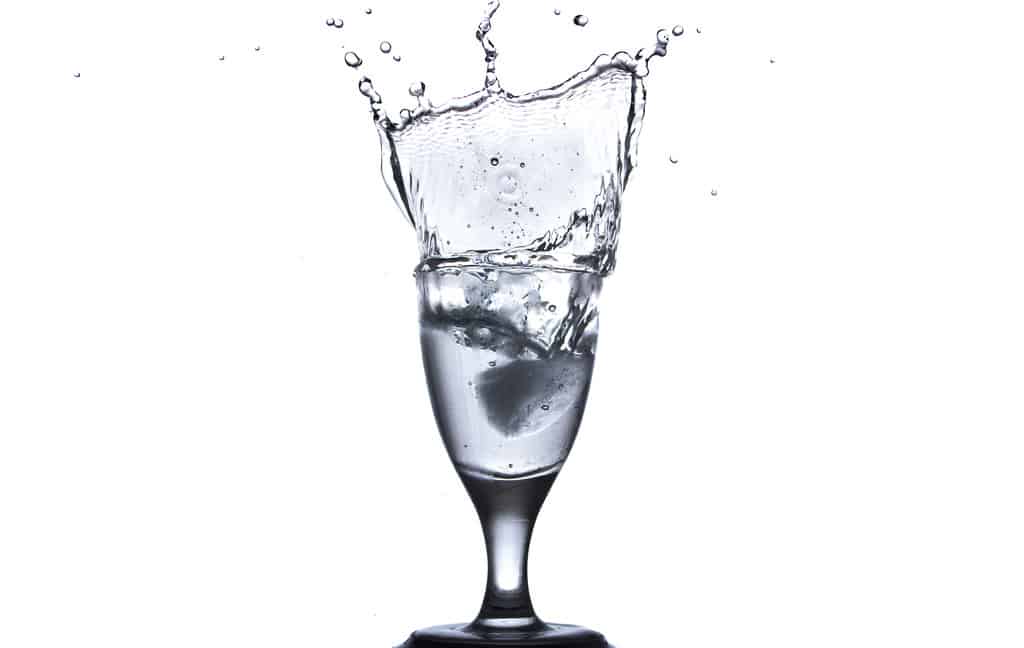
Related Techniques
How to Capture Motion Blur in Photography!
This is the opposite to Freeze Action photography but has a related goal; to create a visually interesting outcome by knowledge of how to manipulate the camera’s settings. To help you through the intricacies of this fascinating technique, we have written an illustrated article that you can find right here on Photography Skool.
How to Take Slow Sync Flash Photos!
This is a technique that exploits the combination of the speed of a flash light and the creative possibilities of a slow shutter. The process is laid out in our illustrated guide here on Photography Skool.
Ice Cube Splash Photography, Pro Results on a Budget
A very popular action-freezing technique to try and capture in photography but how do you achieve those very professional-looking results. Find out all the tricks and tips in our illustrated guide and video right here in Photography Skool.

